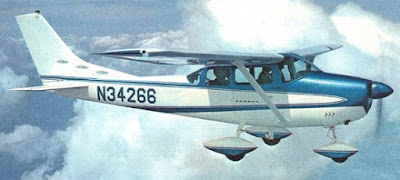Frogs97
Pre-takeoff checklist
I've tried to search for some of this, but it seems like every single thread in this forum mentions a 182 in some way shape or form.
Based on what I've read from so many on this forum, as much as I'd like a 6 place, it seems like the 182 hits the sweet spot for what I need to be looking for. Does anyone have any advice on things to watch out for on the different models? They got the wider cabin in 1962, right? I think most any model in our price range would have bladders, should I ask for anything special on the pre-buy in regards to inspecting those?
One of my partners in the plane will be landing on a grass field, but it apparently is pretty well maintained. How do wheel pants hold up to that sort of thing? Do we take much of a speed or gph hit if we take them off?
Thanks!
Based on what I've read from so many on this forum, as much as I'd like a 6 place, it seems like the 182 hits the sweet spot for what I need to be looking for. Does anyone have any advice on things to watch out for on the different models? They got the wider cabin in 1962, right? I think most any model in our price range would have bladders, should I ask for anything special on the pre-buy in regards to inspecting those?
One of my partners in the plane will be landing on a grass field, but it apparently is pretty well maintained. How do wheel pants hold up to that sort of thing? Do we take much of a speed or gph hit if we take them off?
Thanks!



